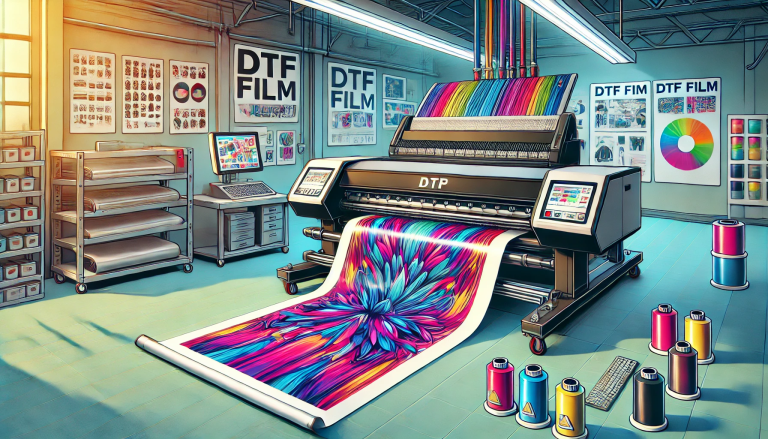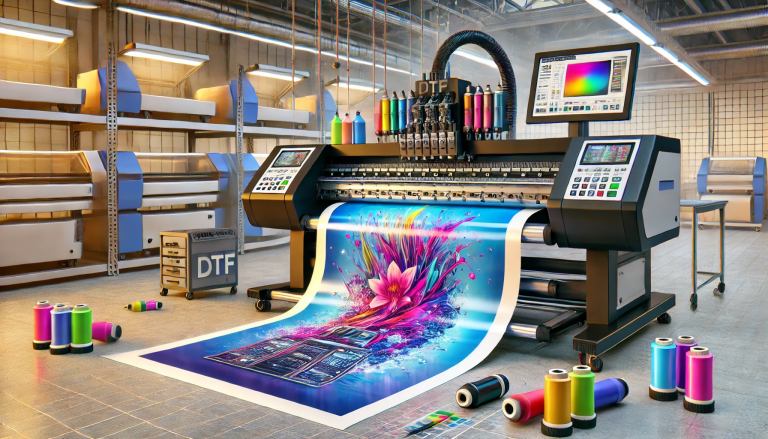“Understanding the Process: How Long Does It Take to Melt UV DTF Powder?” -MAXDTF- China UV Magic Decal, Direct to Transfer UV DTF Decal Factory, Made in China
In the realm of digital textile printing, Direct to Film (DTF) printing has emerged as an exciting technology, giving businesses and hobbyists alike the power to create vibrant, high-quality prints on a variety of materials. One crucial element in this process is the DTF powder, which plays a pivotal role in creating a printable film. Understanding the correct way and time to melt DTF powder, particularly UV DTF powder, is critical to ensure the best output. Let’s explore this process in detail.
What is UV DTF Powder?
UV DTF Powder is a type of adhesive powder used in UV DTF (Direct to Film) printing. The “UV” refers to Ultraviolet – the method of curing or drying the ink once it’s applied to the film. The DTF powder helps in forming a strong bond between the ink and the material it’s being applied to, enhancing the durability and vibrancy of the print.
How Long Does It Take to Melt UV DTF Powder?
The time it takes to melt UV DTF powder can vary based on several factors, including the type of heat press being used, its temperature settings, and the thickness of the powder layer. However, as a general guide, it typically takes between 90 to 120 seconds to melt UV DTF powder under a heat press set to a temperature of about 160°C (320°F).
It’s essential to keep in mind that the aim is to melt the powder until it turns clear, indicating that it has turned into an adhesive. Overheating can cause it to discolor or lose its adhesive properties, and underheating can result in a less durable bond. Therefore, timing and temperature control are crucial in this process.
Tips for Successful DTF Powder Melting
- Preheat the Heat Press: Ensure your heat press is preheated to the desired temperature before you begin the melting process. A stable, uniform temperature is key to successful powder melting.
- Monitor the Time: Keep a close watch on the time to avoid under or overheating the powder. While 90-120 seconds is a general guide, your specific setup may require some adjustment.
- Experiment and Adjust: Different types of UV DTF powders may react slightly differently to heat. Therefore, it can be helpful to do some trial and error with small amounts of powder to find the optimum time and temperature settings for your specific powder.
Conclusion
While DTF printing has its intricacies, understanding the process, particularly the melting of UV DTF powder, can significantly impact the quality of the final print. By carefully managing the heat and timing, you can ensure that your DTF prints are vibrant, durable, and stand the test of time. Always remember, successful DTF printing lies in balancing the details – getting the right amount of powder, at the right temperature, for just the right amount of time.




